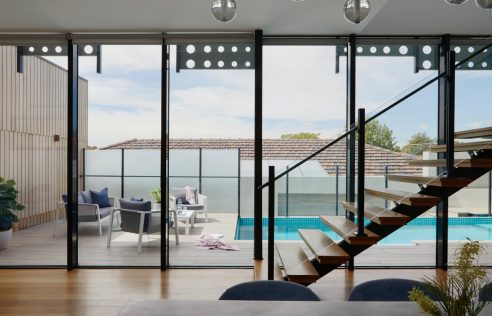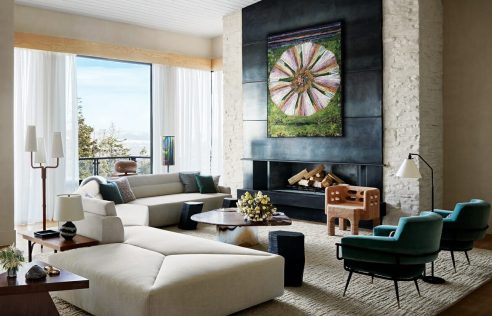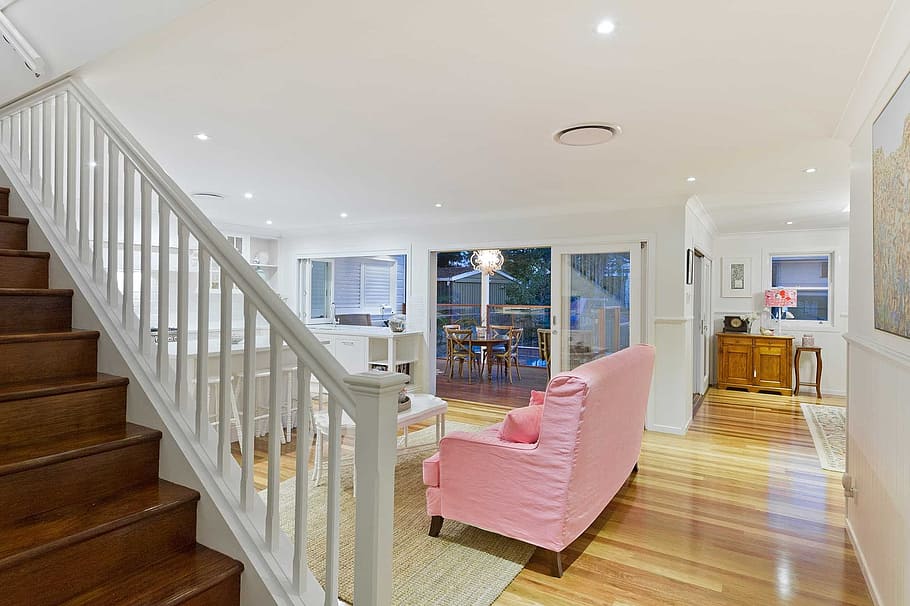Painting has always been a versatile and dynamic medium for artistic expression. While canvas and traditional surfaces remain popular choices for artists, modern painters are increasingly pushing the boundaries of what can be considered a “canvas.” In this blog, we’ll explore the fascinating world of unconventional surfaces and techniques in modern painting.
Breaking Boundaries: The Allure of Unconventional Surfaces
Artists have a long history of experimenting with unconventional surfaces, challenging the traditional canvas and expanding the possibilities of painting. Unconventional surfaces offer unique textures, shapes, and characteristics that can inspire creativity and provoke thought.
1. Wood Panels
Wood panels have been used for centuries, but they’ve gained renewed popularity in modern painting. They provide a sturdy and rigid surface that can handle a variety of painting techniques, including intricate detail work, impasto, and mixed media applications. The natural grain of the wood adds an organic element to the artwork, enhancing the visual impact.
2. Found Objects and Mixed Media
Many contemporary artists incorporate found objects and mixed media into their paintings. This approach blurs the line between painting and sculpture. Objects like old newspapers, textiles, or even discarded materials can be integrated into the artwork, adding depth, dimension, and a touch of the unexpected.
3. Metal Surfaces
Metal surfaces, such as aluminum, copper, and steel, have become popular choices for modern painters. These surfaces provide a unique reflective quality, allowing the artwork to interact with light and its surroundings in intriguing ways. Artists often use various techniques, such as acid etching, to create textures and patterns on metal surfaces.
4. Concrete and Brick Walls
Street art and urban painting have embraced the use of concrete and brick walls as unconventional surfaces. These outdoor canvases lend a raw, gritty aesthetic to the artwork. Street artists often employ spray paint and stencils to create large-scale murals that become a part of the city’s landscape.
5. Transparent Surfaces
Some contemporary artists experiment with transparent surfaces, such as glass or acrylic sheets. These materials can be painted on one side or layered to create stunning three-dimensional effects. The interplay between paint, light, and the transparent surface results in captivating and innovative artworks.
:max_bytes(150000):strip_icc()/how-to-clean-paint-brushes-and-rollers-GettyImages-1385618550-d1ae05f01ac14228864ef8489a97084d.jpg)
Experimental Techniques: Thinking Beyond the Brush
Modern painters are not only redefining the canvas but also pushing the boundaries of painting techniques. These innovative methods and approaches are changing the way we think about the art of painting.
1. Pouring and Dripping
Acrylic pouring and dripping techniques have gained immense popularity in recent years. Artists create mesmerizing abstract compositions by pouring diluted paint onto the surface and letting gravity guide its flow. The unpredictability and fluidity of these techniques produce unique and captivating results.
2. Palette Knife Painting
Palette knife painting involves using a palette knife instead of brushes to apply paint to the surface. This method creates bold, textured, and impasto effects. Artists can achieve a wide range of expressive and dynamic brushwork with palette knives, from thick layers to delicate details.
3. Digital Painting
With the advent of digital technology, artists have embraced digital painting as a legitimate medium. Digital painting offers endless possibilities for creating, editing, and experimenting with different styles. Artists can work on tablets or computer screens, using digital brushes and color palettes.
4. Reverse Painting
Reverse painting is a technique where artists apply paint to the back of a transparent surface, like glass or plexiglass, to create an image viewable from the front. The process requires careful planning and execution, as artists work in reverse to create their compositions.
5. Printmaking and Monotype
Many artists are incorporating printmaking and monotype techniques into their painting practice. These methods involve creating a single, unique print from a surface that has been inked or painted. Monotype allows for spontaneity and experimentation, resulting in one-of-a-kind artworks.
The Intersection of Tradition and Innovation
While these unconventional surfaces and techniques may seem avant-garde, they are deeply rooted in the tradition of pushing the boundaries of art. From the earliest cave paintings to the avant-garde movements of the 20th century, artists have continuously sought new ways to express themselves.
Today’s artists stand on the shoulders of those who came before them, drawing inspiration from art history and contemporary innovations. Unconventional surfaces and techniques are a testament to the enduring spirit of experimentation, pushing the boundaries of what is possible in the world of painting.
Modern painting is a dynamic and ever-evolving medium, where artists continue to break new ground by exploring unconventional surfaces and innovative techniques. By challenging tradition and embracing experimentation, they enrich the art world with fresh perspectives, inspiring us to see painting in a new light.
Ready to transform your space with a fresh coat of paint? Contact Sunrise General Contracting today and let us bring the vibrant, innovative world of painting to your doorstep.


